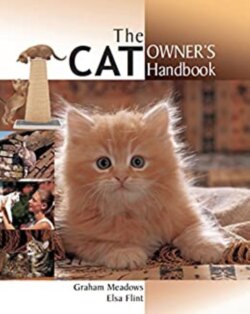Читать книгу The Cat Owners Handbook - Graham Meadows - Страница 11
На сайте Литреса книга снята с продажи.
The spread of cats
ОглавлениеAs more trade routes developed between countries around the Mediterranean and in Asia, the spread of domestic cats also grew. Around 900BC, Phoenician traders took them to Italy, and from there they spread slowly across Europe, during which time genes from the European wild cat were introduced (by accident, design, or both).
We know that cats had arrived in England by AD1000, during the period of early Viking settlement, because cat remains have been discovered at several archaeological sites dating from that period (including the ancient Viking village of Jorvik, in York, England).
All these cats were shorthaired, but further to the east, longhaired varieties were being developed. It has been suggested that the gene for long hair may have come from the manul (Felis manul) of central Asia, but it is more likely to have originated from artificial selection for the gene that produces long hair. The gene for long hair spread from southern Russia into Pakistan, Turkey and Iran, and eventually showed up in the Angora and Persian breeds. Longhaired varieties arrived in Italy from Turkey during the 16th century, at about the same time as the Manx cat arrived in the Isle of Man, brought in from the Far East by Spanish traders who regularly plied those routes.
The first colonists took shorthaired cats with them to the New World, and later settlers took a variety of cats to Australia and New Zealand. Domestic cats are now distributed throughout the world.
